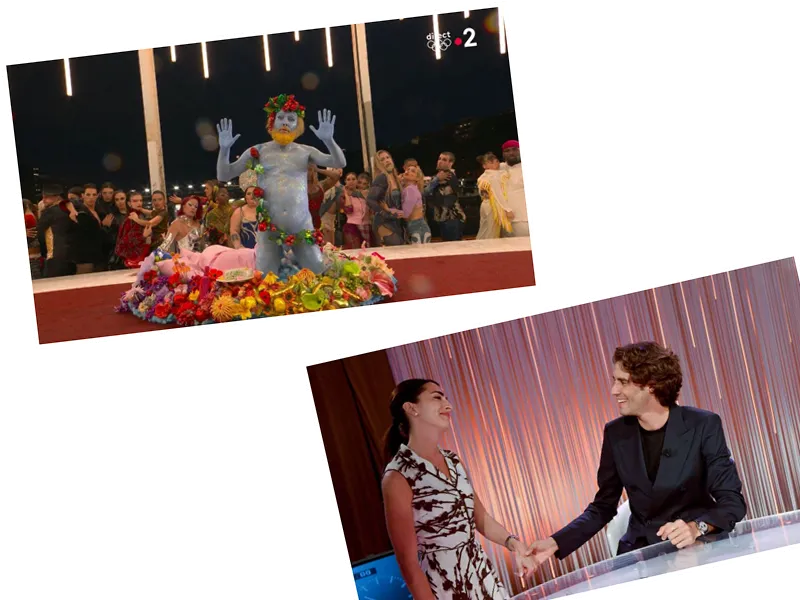The Last Supper Room: A Sacred Christian Heritage
The Last Supper Room, located on Mount Zion in occupied Jerusalem, holds immense significance for Christians globally. This three-story building is believed to be the site where Jesus Christ shared his final meal with his disciples before his crucifixion, making it one of the holiest places in Christianity. Pilgrims from various denominations, including Catholics, Protestants, and Orthodox Christians, visit this revered site, which has witnessed numerous historical transformations over the centuries. The room's architecture reflects a blend of cultures, with its stunning arches and ancient stones, symbolizing the diverse history that has unfolded here.
Controversy at the Olympic Games: A Mockery of Faith
During the opening ceremony of the Paris 2024 Olympic Games, a controversial scene depicting a parody of Leonardo da Vinci’s famous painting, 'The Last Supper,' sparked outrage among Christians worldwide. The performance featured an individual dressed in women's attire and makeup, which many viewed as a blatant insult to their faith. This incident has ignited widespread criticism and backlash against the event organizers, with many calling for greater respect towards religious sentiments. The Last Supper, a pivotal moment in Christian theology, deserves reverence rather than mockery, as it embodies deep spiritual significance for millions.
Historical Significance and Architectural Beauty
The Last Supper Room is not only a site of religious importance but also a treasure trove of historical architecture. Originally built by the Crusaders approximately 800 years ago, the hall has undergone various changes, including its conversion into a mosque during the era of Saladin and later into a synagogue post-1948 occupation. The intricate decorations and inscriptions, including an Ottoman inscription from the reign of Sultan Suleiman the Magnificent, highlight the room's rich past. Visitors can appreciate the harmonious coexistence of Christian and Islamic elements, making it a unique cultural landmark in Jerusalem.





